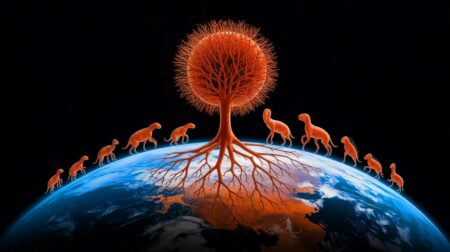And there were none. Freshwater dolphins in Laos, that is.
In a stretch of the Mekong River in southern Laos the death last week of the last surviving cetacean known as the Irrawaddy and Mekong River dolphin because it inhabits both rivers means that the acquatic mammal is now extinct in the country.
The critically endangered dolphin died after being caught in a fishing net and was the last of three known specimens in the waters of southern Laos. The other two died last year.
The death of the mammal “most likely represents a national-level extinction of this freshwater dolphin species in Laos” in the words of the World Wide Fund for Nature (WWF) and has raised concerns about the increasingly parlous state of Southeast Asia’s largest river.
The animal’s death “highlights how vulnerable these and other species remain,” in the Mekong, said Lan Mercado, WWF’s Asia-Pacific director.
Laos’s last wild dolphin was a 25-year-old male measuring 2.6 meters and weighing 110 kilograms; it was seen struggling in a net before its remains washed up on a shore days later.
“The one that just died was the last freshwater dolphin in this area,” a villager living by the Mekong in Laos was quoted as saying. “There will be no more dolphins in Laos because they have run out of food and the ecosystem has been destroyed.”
“When they didn’t have food, they’d wander into other territory where people fish or even use explosive to catch fish,” another villager said.
The dolphins survive in the Irrawaddy river in Myanmar and downriver from Laos in the Mekong in Cambodia, where there were 89 of them counted in 2020.
However, even in Cambodia’s section of the Mekong the animals are under “serious pressure from human activities, the change of the Mekong water flow, and climate change, causing the total population to gradually decline,” according to the country’s Fisheries Conservation Department.
In recent years the ecosystems of the Mekong, which stretches from China to southern Vietnam via several nation, have been severely stressed by a series of hydroelectric dams built in China and Laos, conservationists say.
In addition, local fishing practices that rely on gill-nets and explosives pose additional threats to critically endangered aquatic species such as freshwater dolphins and the giant Mekong catfish.
“Documenting the lessons learnt from this tragic loss [of the dolphin in Laos] is critically important if we are to protect the endangered species in the region,” Mercado said.
Did you like it? 4.7/5 (20)








